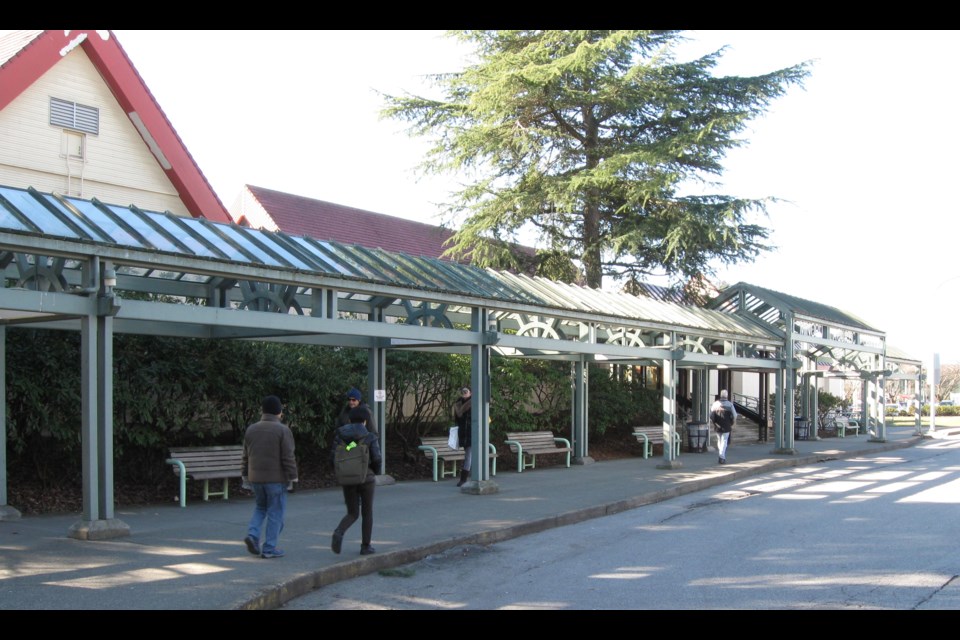I couldn’t believe my eyes. “Demolition on hold” read a Richmond News headline on February 7. In a city where excavators are a common sight and cranes decorate the skyline, I half expected it to be an early April Fool’s joke. But no, it’s true, council voted to save and refurbish Minoru’s Aquatic Centre.
Although they’ve been around for a while, words such as refurbish, recycle and repurpose are heard increasingly often now. You could say we’ve dusted them off. Refurbish is documented as early as the 17th century. The verb to furbish had entered English in the 14th century, from the Old French “forbir,” to burnish, polish, repair (which, incidentally, is the root of the surname Frobisher). Recycle was a technical term in the oil industry in the 1920s, acquiring its present sense in the 1960s. Repurpose, to use something for a purpose different from the one originally intended, gained currency in the 1980s.
Even before people had a specific word for it, they were refurbishing, recycling and repurposing. In medieval Italy, buildings often incorporated pieces of ancient architecture and hardware. Roman ruins were scattered everywhere, and humans scavenged among them. Sometimes entire buildings were taken over and repurposed, for instance in Siracusa, Sicily, where the cathedral is a converted ancient Greek Doric temple. Recycling older materials didn’t happen only in Italy – it’s estimated that 300 of the churches in Greater London were built with Roman remains. As for Germany, I can cite one repurposing example close to home – the step outside the front door to our house (built in the 1650s) was a centuries-old tombstone.

If architecture answered a basic human need, so did clothing – another area where reuse was standard practice. In households of the rich, cast-off garments invariably migrated from upstairs to downstairs. And in households lower on the social scale, the youngest children usually wore the hand-me-downs of older siblings. When I was a little girl, many of my clothes were cut from ones that had belonged to my mother or aunt. Nothing was ever wasted. In fact, even elegant garments were likely to include fabric scraps expertly sewn together to compose a larger piece – I’ve detected this kind of patchwork on an 18th century men’s silk coat.

The throw-away habits that Westerners developed some time in the second half of the 20th century – and which have reached epidemic proportions – could soon be on their way out. Recently, The Guardian published a column about the growing number of British consumers who prefer to buy second-hand clothing. I’ve witnessed a similar trend over here. Go to any local thrift or consignment store and you’ll see the clientele isn’t restricted to indigent people. And it’s where I, too, shop.
I hope council’s vote to save the aquatic centre will persuade people that old doesn’t mean no longer useful. Restoring, repairing, repurposing or reusing are better for the environment as well as the purse – and this applies to a wide range of things, not just architecture and clothing.
Sabine Eiche is a writer and art historian



